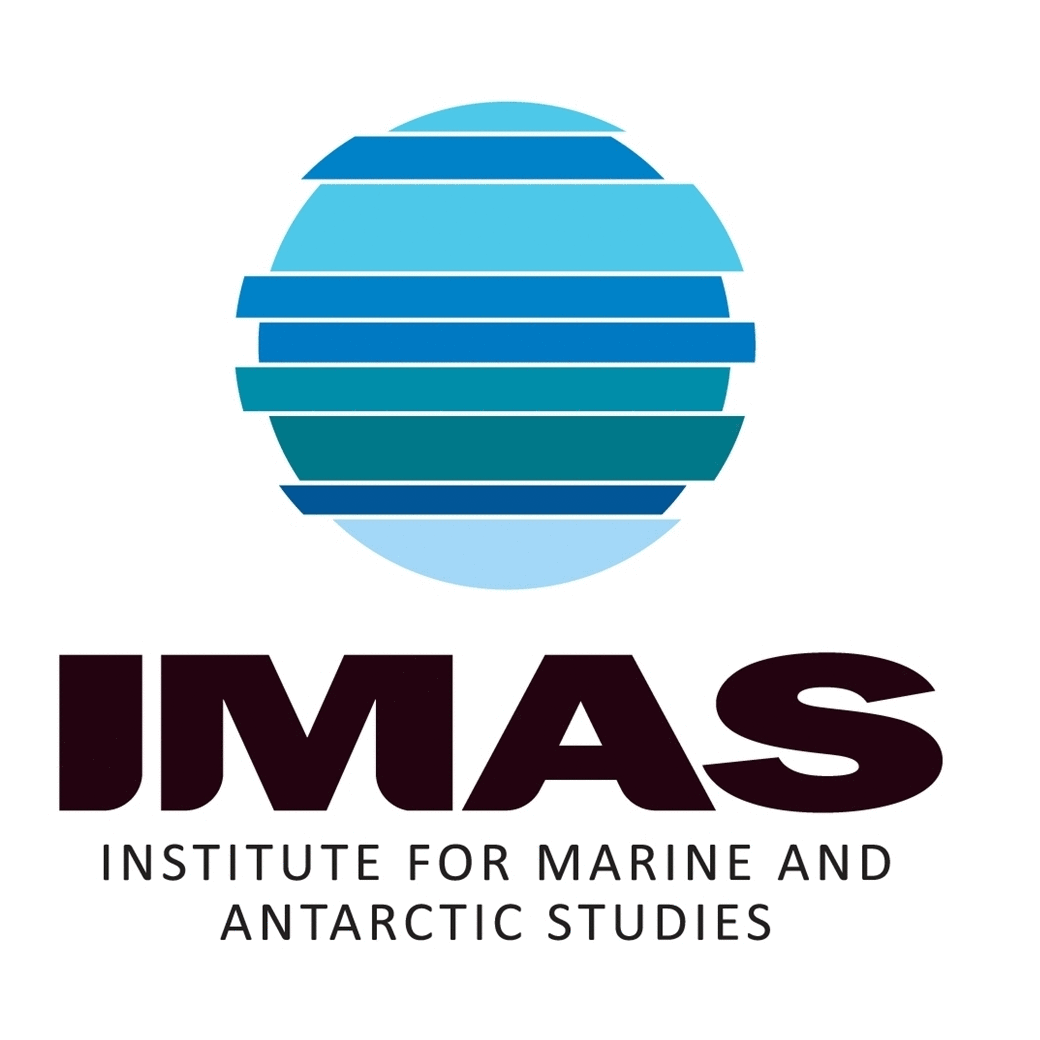Chemical microenvironment within complex multispecies macroalgae assemblages
-- Layton et al. Chemical microenvironments within macroalgal assemblages: implications for the inhibition of kelp recruitment by turf algae. Limnology & Oceanography. DOI:10.1002/lno.11138 --
Kelp forests around the world are under increasing pressure from anthropogenic stressors. A widespread consequence is that in many places, complex and highly productive kelp habitats have been replaced by structurally simple and less productive turf algae habitats. Turf algae habitats resist re-establishment of kelp via recruitment inhibition; however little is known about the specific mechanisms involved. One potential factor is the chemical environment within the turf algae and into which kelp propagules settle and develop. Using laboratory trials, we illustrate that the chemical microenvironment (O2 concentration and pH) 0.0–50 mm above the benthos within four multispecies macroalgal assemblages (including a turf-sediment assemblage and an Ecklonia radiata kelp-dominated assemblage) are characterised by elevated O2 and pH relative to the surrounding seawater. Notably however, O2 and pH were significantly higher within turf-sediment assemblages than in kelp-dominated assemblages, and at levels that have previously been demonstrated to impair the photosynthetic or physiological capacity of kelp propagules. Field observations of the experimental assemblages confirmed that recruitment of kelp was significantly lower into treatments with dense turf algae than in the kelp-dominated assemblages. We demonstrate differences between the chemical microenvironments of kelp and turf algae assemblages that correlate with differences in kelp recruitment, highlighting how degradation of kelp habitats might result in the persistence of turf algae habitats and the localised absence of kelp.
Simple
Identification info
- Date (Creation)
- 2019-01-22
- Citation identifier
-
doi:10.25959/5c521ec4bea36
- Title
- Information and documentation - Digital object identifier system
- Date (Publication)
- 2019-02-01T00:00:00
- Citation identifier
- ISO 26324:2012
- Citation identifier
- https://doi.org/10.25959/5c522cadbea37
Principal investigator
Principal investigator
Principal investigator
Principal investigator
Principal investigator
Point of contact
Principal investigator
Principal investigator
- Status
- Completed
Point of contact
- Topic category
-
- Biota
Extent
))
Temporal extent
- Time period
- 2015-06-15 2016-02-28
Vertical element
- Minimum value
- 14
- Maximum value
- 14
- Identifier
- EPSG::5715
- Name
- MSL depth
- Maintenance and update frequency
- Not planned
- Keywords (Discipline)
-
- Temperate Reef
- NASA/GCMD Keywords, Version 8.5
-
- EARTH SCIENCE | BIOSPHERE | ECOLOGICAL DYNAMICS | COMMUNITY DYNAMICS
- EARTH SCIENCE | BIOSPHERE | ECOSYSTEMS | MARINE ECOSYSTEMS | COASTAL | KELP FOREST
- EARTH SCIENCE | BIOLOGICAL CLASSIFICATION | PLANTS | MACROALGAE (SEAWEEDS) | RED ALGAE
- EARTH SCIENCE | BIOLOGICAL CLASSIFICATION | PLANTS | MACROALGAE (SEAWEEDS) | BROWN ALGAE
- EARTH SCIENCE | BIOLOGICAL CLASSIFICATION | PLANTS | MACROALGAE (SEAWEEDS) | GREEN ALGAE
- EARTH SCIENCE | OCEANS | MARINE SEDIMENTS | SEDIMENT CHEMISTRY
- EARTH SCIENCE | OCEANS | OCEAN CHEMISTRY | CARBON DIOXIDE
- EARTH SCIENCE | OCEANS | OCEAN CHEMISTRY | OXYGEN
- EARTH SCIENCE | OCEANS | OCEAN CHEMISTRY | PH
- EARTH SCIENCE | BIOSPHERE | ECOLOGICAL DYNAMICS | COMMUNITY DYNAMICS | SPECIES RECRUITMENT
- EARTH SCIENCE | BIOSPHERE | ECOLOGICAL DYNAMICS | ECOSYSTEM FUNCTIONS | PHOTOSYNTHESIS
- Australian and New Zealand Standard Research Classification (ANZSRC): Fields of Research
- AODN Discovery Parameter Vocabulary
- Keywords (Theme)
-
- depth of turf-sediment matrix
- Recruitment of Stage 1 juvenile kelp per paver
- macroalgae biomass by species name
- water flow within flume
Resource constraints
- Classification
- Unclassified
Resource constraints
- Linkage
-
http://i.creativecommons.org/l/by/4.0/88x31.png
License Graphic
- Title
- Creative Commons Attribution 4.0 International License
- Website
-
http://creativecommons.org/licenses/by/4.0/
License Text
- Other constraints
- Cite data as: Layton, C., Johnson, C.R., Wright, J.T., Cameron, M., Shemaloff, V., Fernández, P., Britton, D., Hurd, C. (2019). Chemical microenvironment within complex multispecies macroalgae assemblages. Institute for Marine and Antarctic Studies, University of Tasmania. doi:10.25959/5c521ec4bea36
- Language
- English
- Character encoding
- UTF8
Content Information
- Content type
- Physical measurement
Identifier
- Name
- Oxygen (μmol L-1)
- Identifier
- http://vocab.nerc.ac.uk/collection/P06/current/UPOX
- Name
- Micromoles per litre
Identifier
- Name
- pH
- Identifier
- http://vocab.nerc.ac.uk/collection/P06/current/UUPH
- Name
- pH units
- Name
- depth of turf-sediment matrix
- Name
- turf-sediment depth (mm)
- Identifier
- http://vocab.nerc.ac.uk/collection/P06/current/UXMM
- Name
- Millimetres
- Name
- Recruitment of Stage 1 juvenile kelp per paver
- Name
- recruitment
- Name
- count
- Name
- macroalgae biomass by species name
- Name
- Carpoglossum; Carpomitra; Chaetomorpha; Cystophora; filamentous; Geniculate coralline; Halopteris; Red - branching; Red - foliose; Ulva; Ecklonia; total
- Name
- grams dry weight
- Name
- water flow within flume
- Name
- flow (cm sec-1)
- Name
- cm sec-1
Distribution Information
- Distribution format
-
- .xlsx
Resource lineage
- Statement
- see associated paper -- Layton et al. 2019, Chemical microenvironments within macroalgal assemblages: implications for the inhibition of kelp recruitment by turf algae, Limnology & Oceanography, DOI:10.1002/lno.11138
- Hierarchy level
- Dataset
Metadata
- Metadata identifier
- ffb04265-eb2a-4eea-943f-ef4cd2dd9531
- Language
- English
- Character encoding
- UTF8
Point of contact
Type of resource
- Resource scope
- Dataset
- Metadata linkage
-
https://metadata.imas.utas.edu.au/geonetwork/srv/eng/catalog.search#/metadata/ffb04265-eb2a-4eea-943f-ef4cd2dd9531
Point of truth URL of this metadata record
- Date info (Creation)
- 2020-09-17T11:52:25
- Date info (Revision)
- 2020-09-17T11:52:25
Metadata standard
- Title
- ISO 19115-3:2018
Overviews
Spatial extent
))
Provided by

 TemperateReefBase Geonetwork Catalogue
TemperateReefBase Geonetwork Catalogue